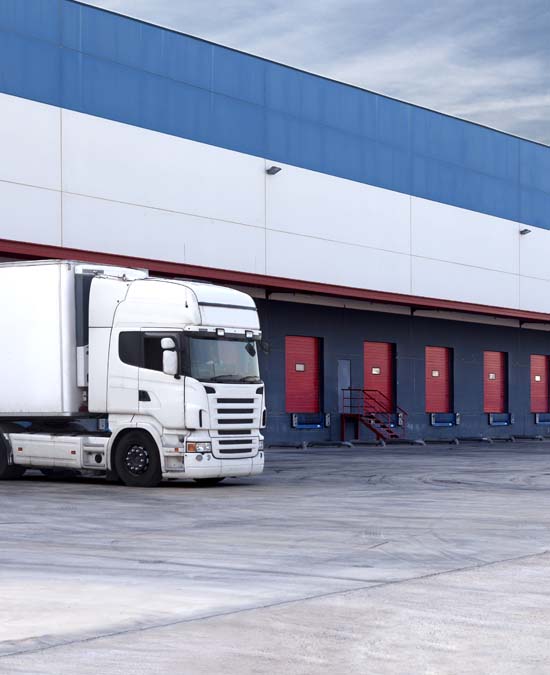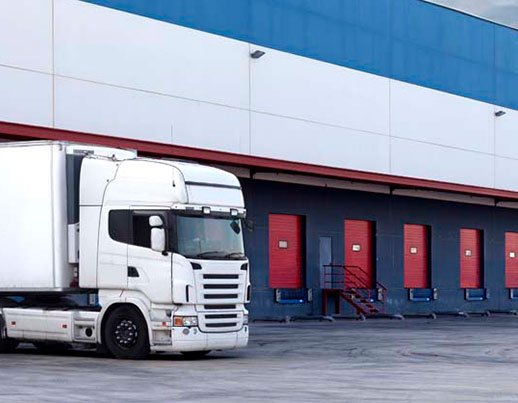Third-party logistics providers offer comprehensive warehousing and distribution services for their customers. Their logistics expertise means they can often provide services at a lower cost, while providing their customers with increased efficiencies and productivity.
With the market’s shift to ecommerce in the wake of the COVID-19 pandemic, the demand for 3PL services has never been greater. More flexible, increasingly agile and resilient warehousing solutions are needed for the modern economy. And yet startups often lack the capital to invest in their own logistics resources, and even major companies have had to look for innovative solutions to their warehousing and distribution needs.
At PeakLogix, we’re a brand agnostic material handling systems integrator that specializes in innovative automated solutions. As your material handling solutions partner, we help you increase the consistency and efficiency throughout your distribution processes. We deliver customized solutions tailored to your specific needs that address issues ranging from ergonomics and employee safety to fully automated material handling and warehousing solutions.



